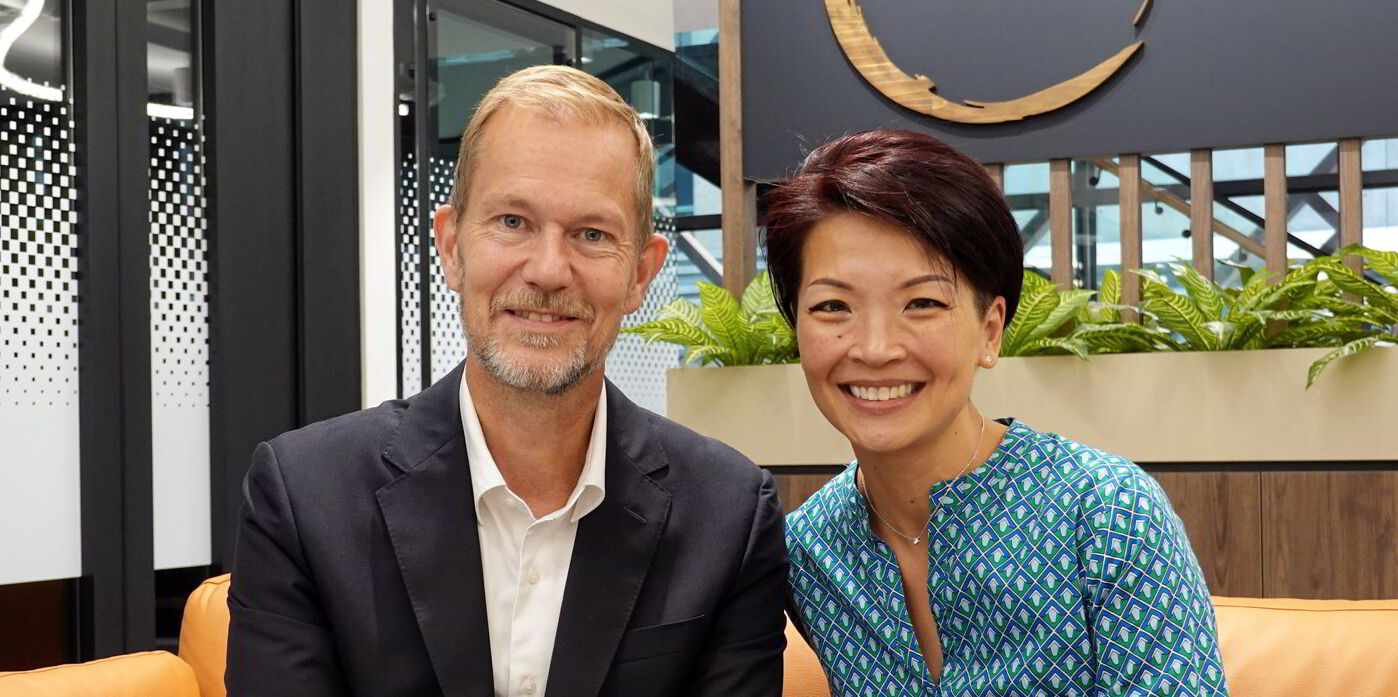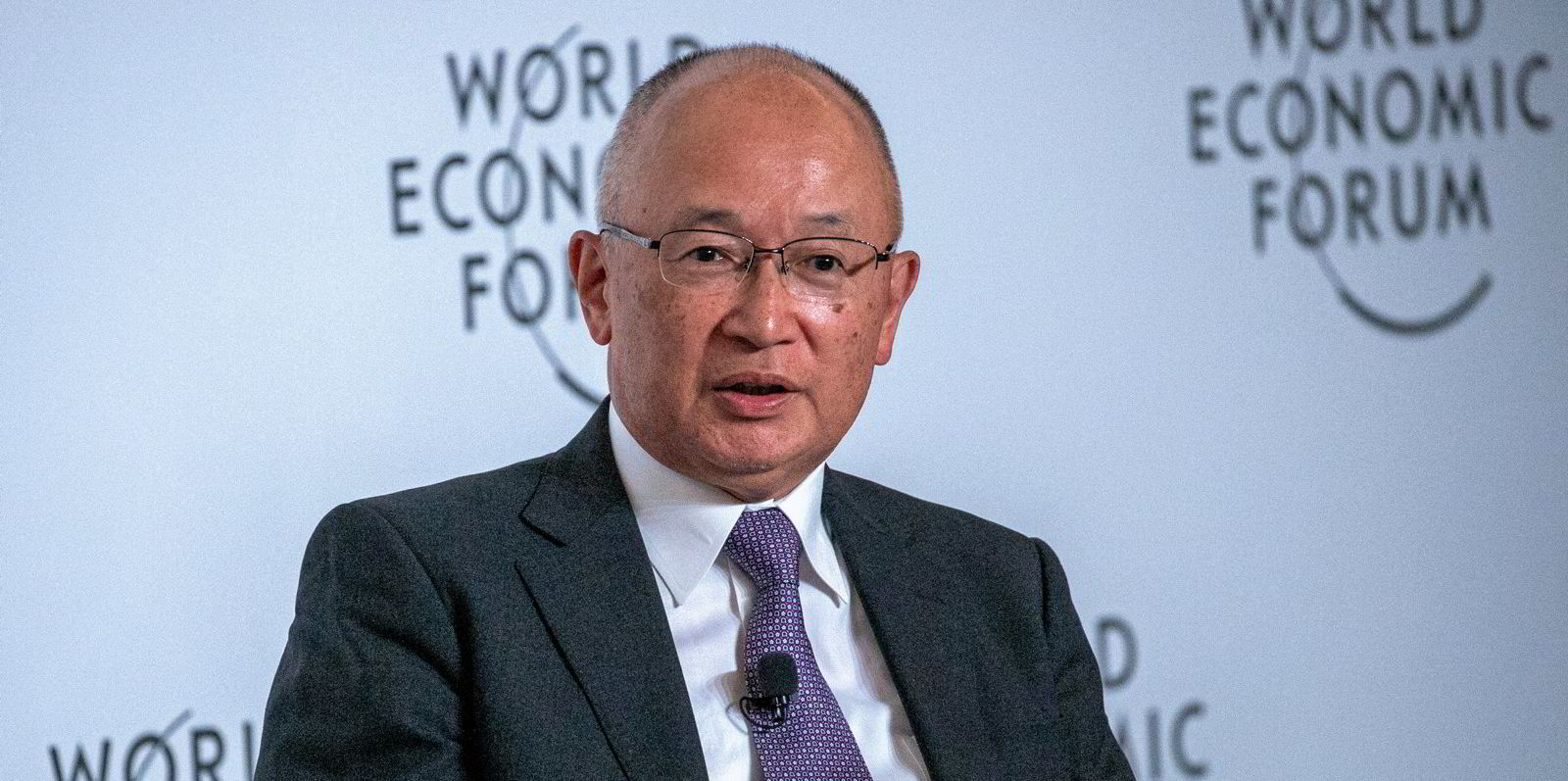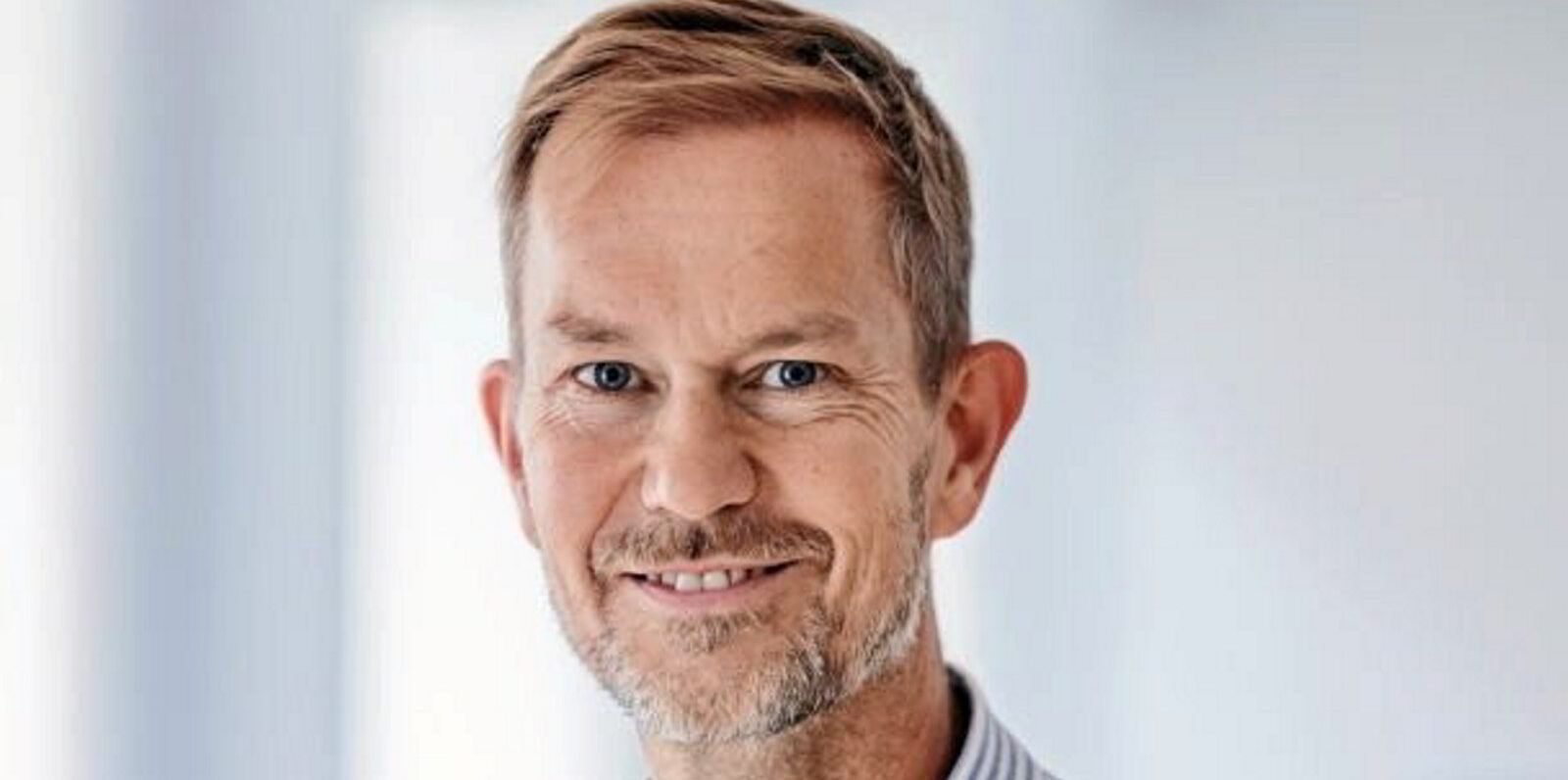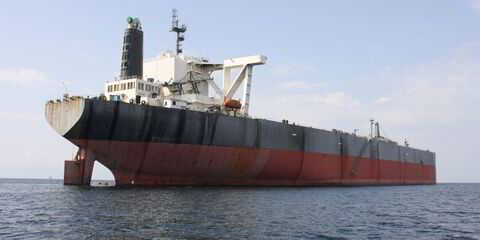When a Mitsui OSK Lines LPG carrier and a Navigator Gas ship lined up side by side off the coast of Australia earlier this year, a coalition of shipping players watched on.
The 34,500-cbm Green Pioneer (built 2010) and the 22,600-cbm Navigator Global (built 2011) performed ship-to-ship transfers of 2,700 tonnes of ammonia, moving the cargo between the two vessels.
The aim was to transfer the ammonia in conditions as close to the bunkering operations of key ports as possible.
The trial, hailed as a “crucial step” towards bunkering the zero-carbon fuel, was led by the Global Centre for Maritime Decarbonisation and involved a who’s who of shipping names.
MOL, Idan Ofer’s Eastern Pacific Shipping, New York-listed Navigator Gas, plus mining giants BHP and Rio Tinto, had a hand in the trials.
While the data is being analysed, TradeWinds sat down with GCMD chief executive Professor Lynn Loo and Navigator Gas CEO Mads Peter Zacho to discuss what comes next.
Loo described how the trials provided insights into the processes required for safe and efficient bunkering of ammonia and what is missing.
“The actual bunkering, the transferring of molecules from one ship to another, took 13 hours. But we were there for four days.
“We needed to transfer equipment, hoses and fenders. We needed to moor the vessels together. At one point, there were seven vessels in the vicinity to try and make this happen.
“It’s one thing to write down the operational procedures, but it is really by doing that you learn about the gaps. This can’t be the way to do bunkering eventually.”
Loo stressed the pilot trial was an early step in readying the ecosystem for using ammonia as a marine fuel. She said learnings from the trial were extensive and could extend to bunker vessel design.
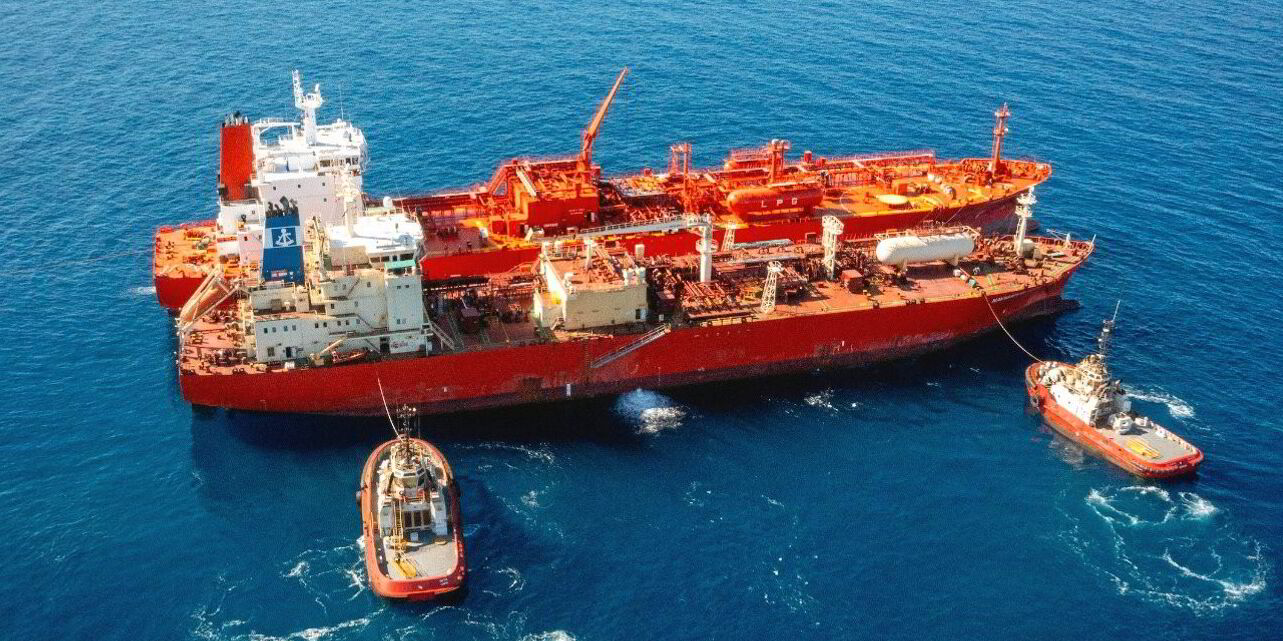
Because the risk profile looks fundamentally different to conventional fuel and LNG, the pilot sought to highlight operational procedures, safety protocols, technical capability building and emergency responses.
While the trial was seen as a success, work will be needed in different locations globally to support the spread of ammonia bunkering to understand different challenges, she said.
Next steps
Ammonia and methanol are frontrunners among new green fuels for the shipping industry.
While methanol-fuelled ships are already entering service, the first ammonia-fuelled engines will only be ready in 2025, with the first vessels expected to be on the water in 2026.
Navigator Gas’ Zacho has been a strong proponent of ammonia as a marine fuel. In September, he told TradeWinds that the company would “love to build an ammonia-fuelled ammonia carrier” but stressed it would want to have a contract for it before ordering a ship.
Navigator Gas contributed its gas carrier, Navigator Global, to the pilot. The vessel was not trading in the region, but the company was sufficiently interested in the trial that it sailed the ship there to take part.
Zacho dismissed any suggestion that owners and their clients have been sitting on the fence waiting for the other to make the first ammonia move and said the fuel’s availability and cost were to blame.
“It will take a long time to ramp up the production of these molecules,” he said.
“There are a number of shipping companies now negotiating with potential ammonia producers to have off-take contracts in place. It all needs to fit together because the production of clean ammonia will only happen if that off-take is secured,” Zacho said.
He added that producers want companies to commit to a 15-year contract at a fixed price, which he believes is not a good idea from a risk perspective.
Then there is also the need to establish an entire supply chain for ammonia as a fuel, from production to transportation, downstream infrastructure and bunkering vessels.
“That is something we all need to work on, something that we at Navigator Gas are working on right now to ensure that we get a piece of that business too,” Zacho said.
Navigator Gas is building out a supply chain to produce and export 1.4 mtpa of clean ammonia from Texas by 2029 or 2030.
Zacho noted the global orderbook is starting to show that there are a number of ships that will be able to operate on ammonia once it becomes available at an economical price.
“Today, ammonia is more expensive per joule than traditional bunker fuel. There is no incentive other than you want to do the right thing, but then it’s difficult to compete if you use ammonia or other green fuels in competition with rivals that use traditional bunker fuel,” he said.
Zacho believes global regulation and taxes on carbon would go a long way in levelling that playing field.
Loo said GCMD is also tracking the orderbook for ammonia-powered ships and noted an increasing number are in the pipeline.
“For us, the question is what do we need to do at GCMD that can help enable the ecosystem to be ready for these vessels when they’re here? The last thing you want is the ammonia propulsion vessels here, but they cannot bunker ammonia because of X, Y and Z.”
The X, Y and Z that Loo refers to — safety protocols, crew training and emergency response procedures — are what she calls the software side.
“When you have confidence in the guidelines, that is when you are going to see the orderbook go up. You are going to see people invest on the hardware side of things,” she said.(Copyright)
